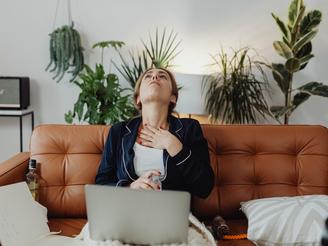Hemorrhoids: Causes and Complications
Hemorrhoids, also known as piles, are swollen veins in the lower rectum and anus. They can cause discomfort, itching, and bleeding. Hemorrhoids are a common condition, affecting millions of people worldwide. In this article, we will explore the causes and complications of hemorrhoids, providing insight into this often misunderstood condition.
Straining During Bowel Movements
One of the primary causes of hemorrhoids is straining during bowel movements. This can occur due to constipation or hard stools, which require more effort to pass. Straining increases pressure on the veins in the rectum and anus, leading to the development of hemorrhoids[[1]].
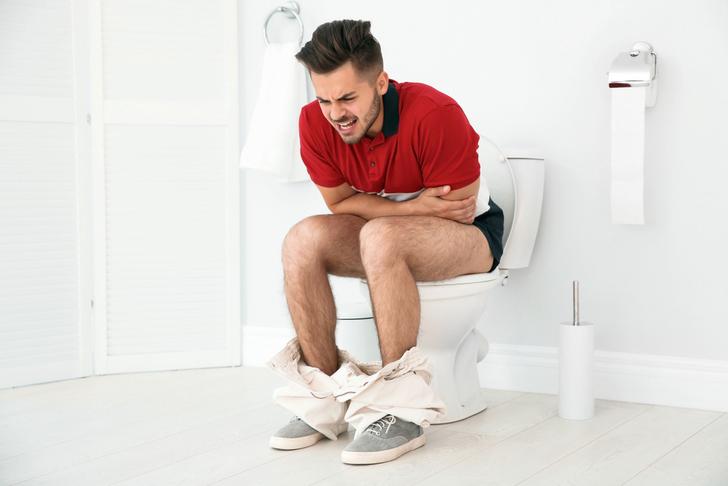
Advertisement
Pregnancy
Pregnancy is another common cause of hemorrhoids. As the uterus expands, it puts pressure on the veins in the rectum and anus. Additionally, hormonal changes during pregnancy can cause the veins to become more susceptible to swelling[[1]].
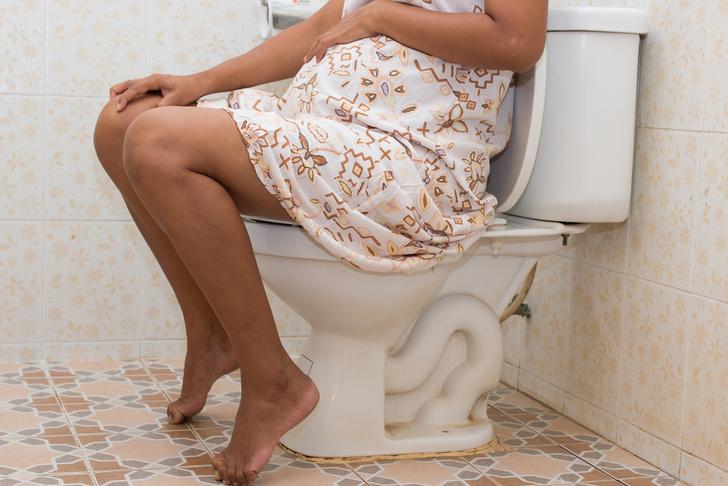
Advertisement
Obesity
Obesity can contribute to the development of hemorrhoids by increasing pressure on the veins in the rectum and anus. This added pressure can cause the veins to become swollen and inflamed[[2]].
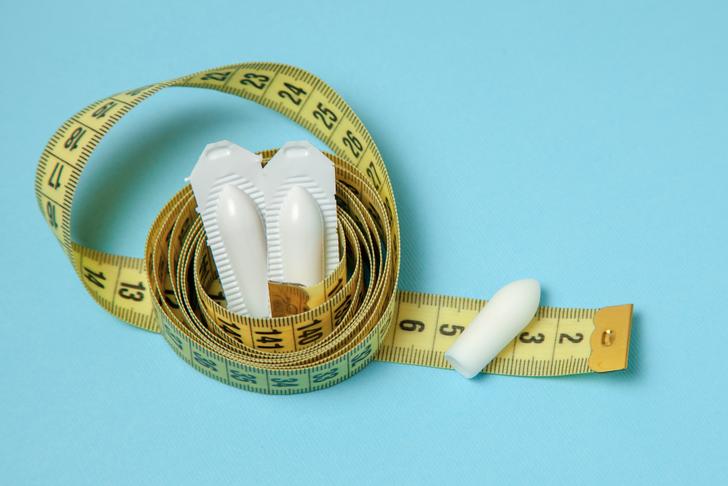
Advertisement
Prolonged Sitting
Sitting for extended periods, especially on the toilet, can increase pressure on the veins in the rectum and anus, leading to hemorrhoids. It is essential to avoid sitting for too long and to take breaks to stand or walk around[[3]].
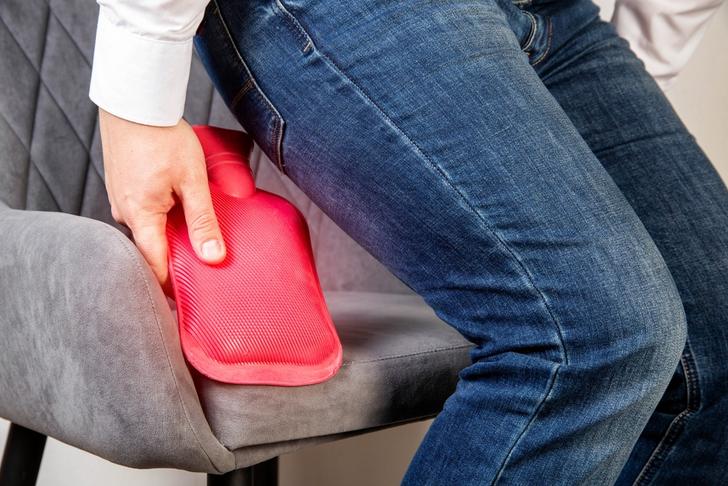
Advertisement
Aging
As we age, the tissues that support the veins in the rectum and anus can weaken, increasing the risk of developing hemorrhoids. Hemorrhoids are more common in older adults, but they can affect people of any age[[1]].
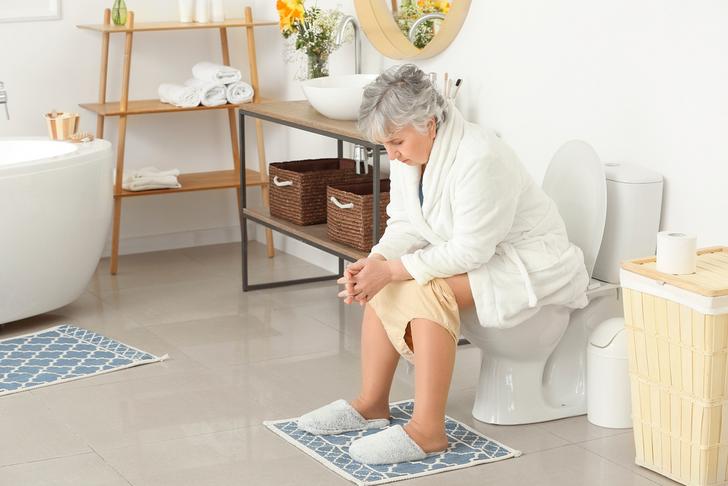
Advertisement
Low-Fiber Diet
A low-fiber diet can contribute to constipation, which in turn can lead to straining during bowel movements and the development of hemorrhoids. Consuming a diet high in fiber can help prevent constipation and reduce the risk of hemorrhoids[[4]].

Advertisement
Heavy Lifting
Heavy lifting or strenuous physical activity can increase pressure on the veins in the rectum and anus, potentially causing hemorrhoids. It is essential to use proper lifting techniques and avoid excessive strain on the body[[3]].
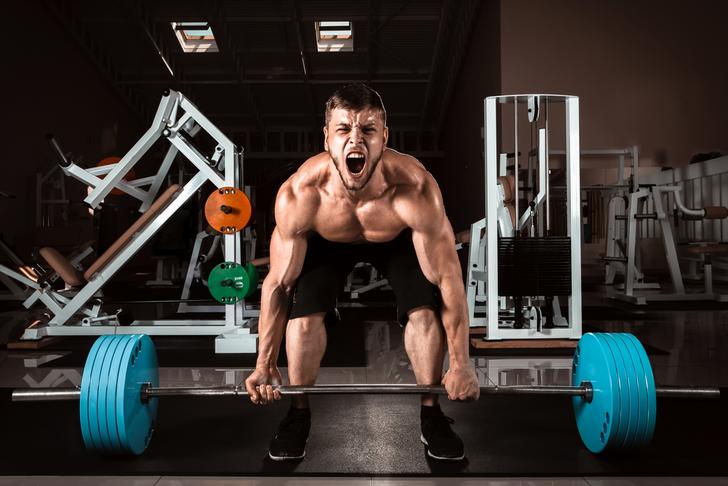
Advertisement
Anal Infections
Infections in the anal area can cause inflammation and swelling, leading to the development of hemorrhoids. It is crucial to maintain proper hygiene and seek medical attention if an infection is suspected[[2]].
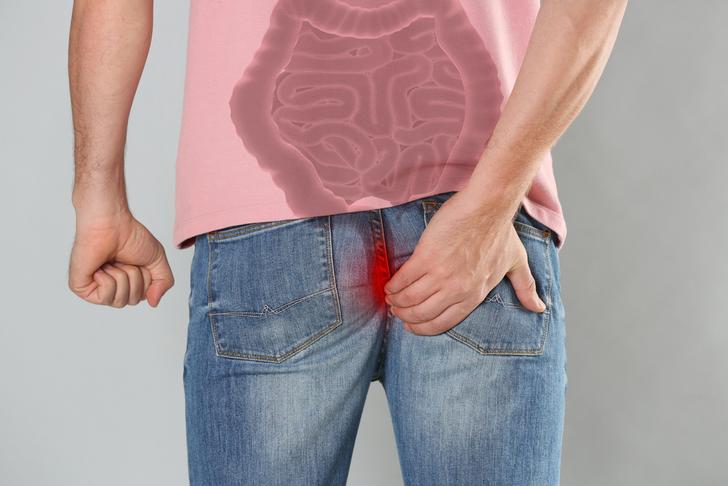
Advertisement
Chronic Diarrhea
Chronic diarrhea can irritate the rectum and anus, increasing the risk of hemorrhoids. It is essential to address the underlying cause of diarrhea and maintain proper hygiene to prevent hemorrhoids[[4]].
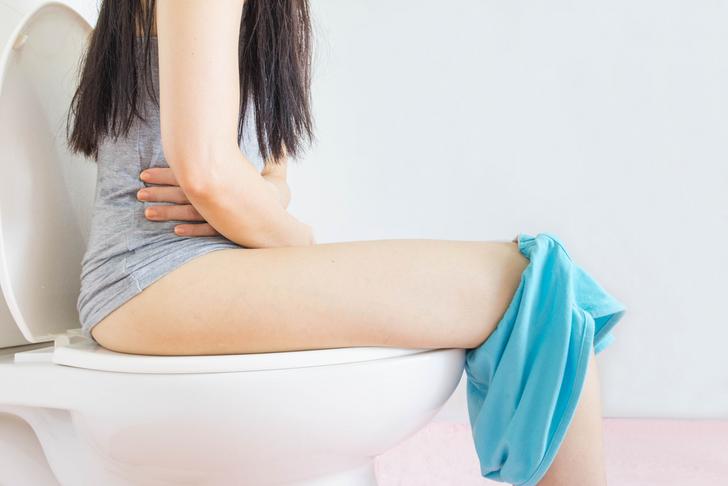
Advertisement
Complications of Hemorrhoids
While hemorrhoids are generally not dangerous, they can cause complications if left untreated. These complications can include:
- Anemia: Chronic blood loss from hemorrhoids can lead to anemia, a condition characterized by a lack of red blood cells or hemoglobin in the blood[[1]].
- Thrombosed hemorrhoids: A blood clot can form within an external hemorrhoid, causing severe pain and swelling[[1]].
- Infection: If a hemorrhoid becomes infected, it can lead to an abscess, which may require surgical intervention[[2]].
Advertisement
Symptoms of Hemorrhoids
Hemorrhoids can present a range of symptoms, depending on their location (internal or external) and severity. These symptoms may include:
- Discomfort, Irritation, or Itching: Around the anal area, often worsening after a bowel movement.
- Pain or Discomfort: Especially when sitting or during bowel movements.
- Bleeding: Noticing bright red blood on toilet paper or in the stool after having a bowel movement.
- Swelling: A swollen or hard lump around the anus may indicate an external or thrombosed hemorrhoid.
Advertisement
Treatments for Hemorrhoids
Home Care: Over-the-counter creams, ointments, suppositories, or pads designed to relieve hemorrhoid symptoms can be effective. Ice packs and warm baths can also alleviate discomfort.
Diet Changes: Consuming a high-fiber diet can make stools softer and easier to pass, reducing the pressure on hemorrhoids caused by straining.
Medical Procedures: If hemorrhoids persist or are painful, more advanced procedures may be necessary. These can include rubber band ligation, sclerotherapy, laser therapy, or surgery in severe cases.
Advertisement
Conclusion
Hemorrhoids, though uncomfortable, are a common condition that can be effectively managed with a combination of home care, dietary changes, and in some cases, medical intervention. Recognizing the symptoms early and understanding the causes can facilitate effective treatment and reduce the risk of complications. If you notice any signs of hemorrhoids, it is essential to consult a healthcare professional for accurate diagnosis and appropriate treatment options. Furthermore, lifestyle changes such as maintaining a healthy weight, eating a high-fiber diet, and avoiding prolonged sitting can aid in preventing hemorrhoids.
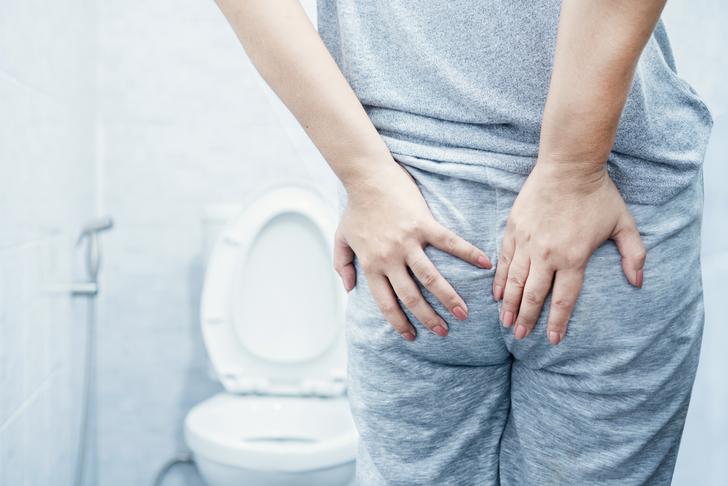
Advertisement





